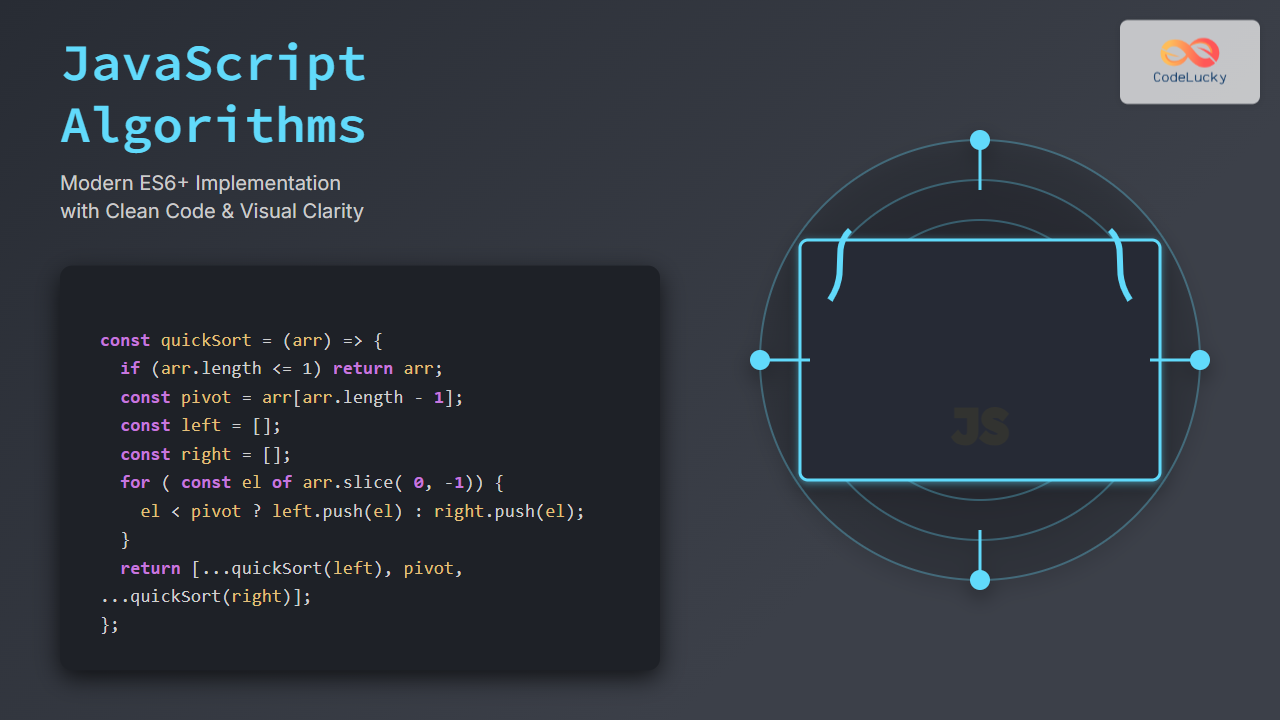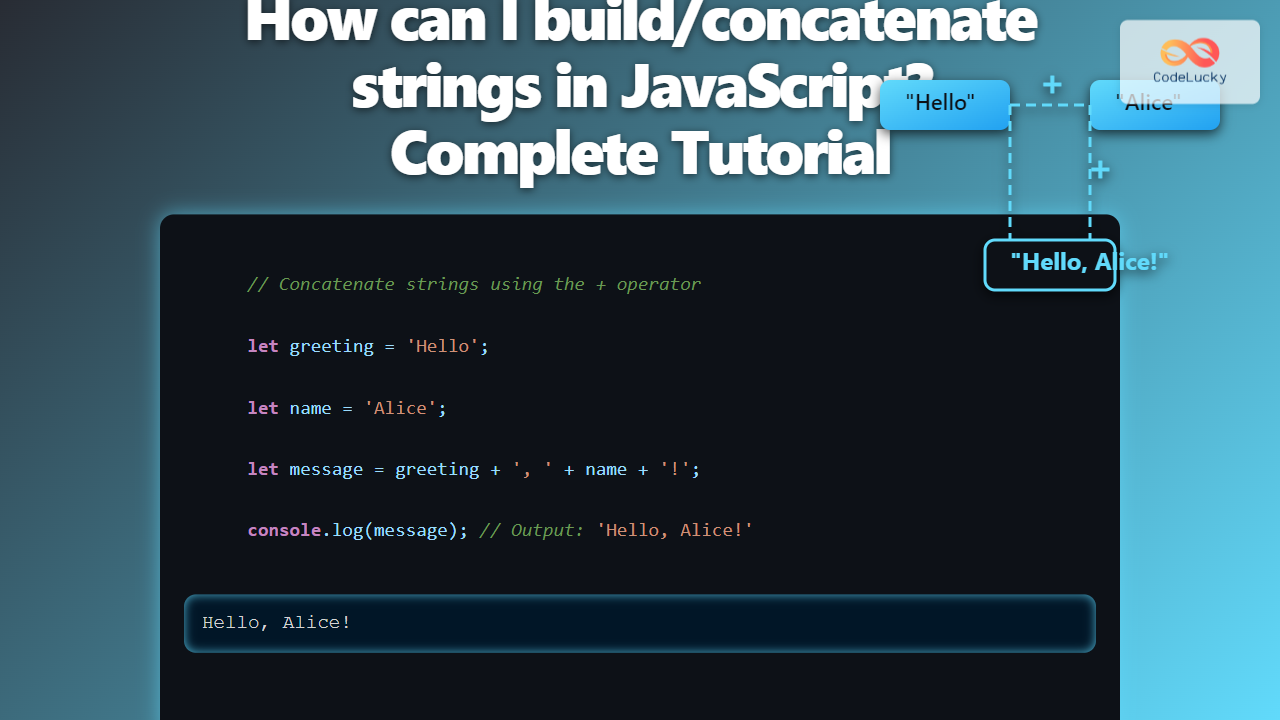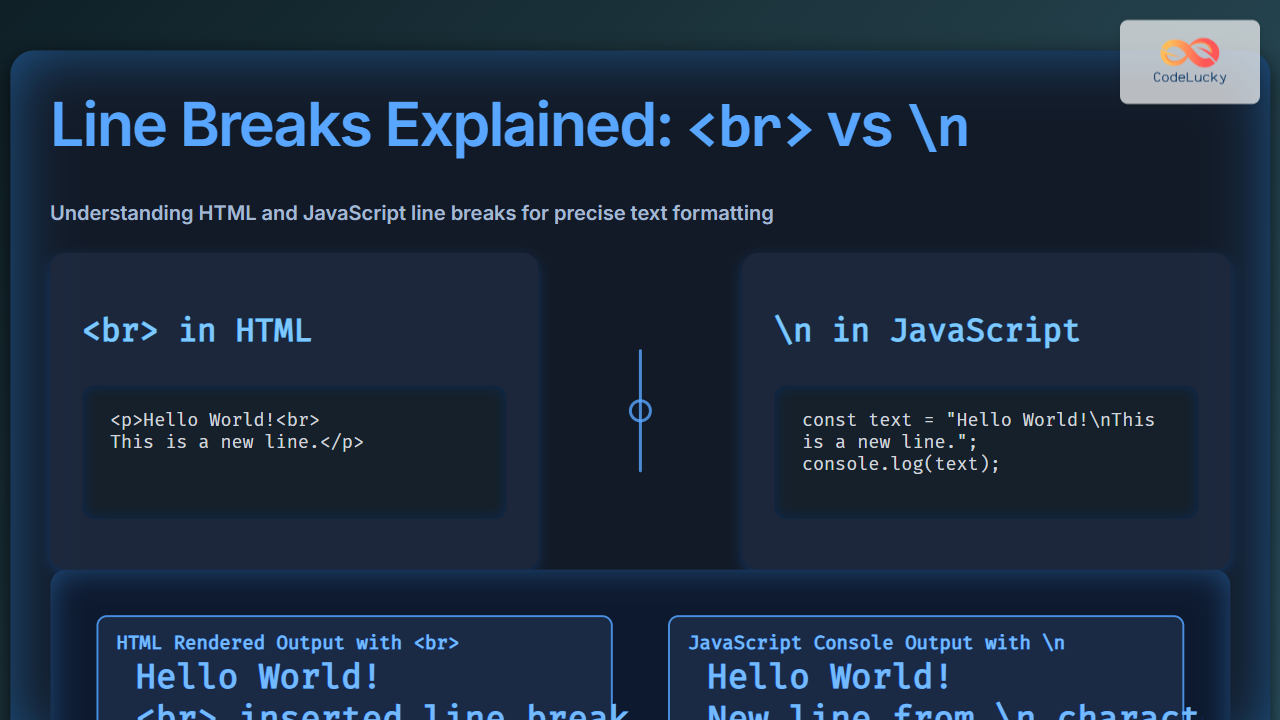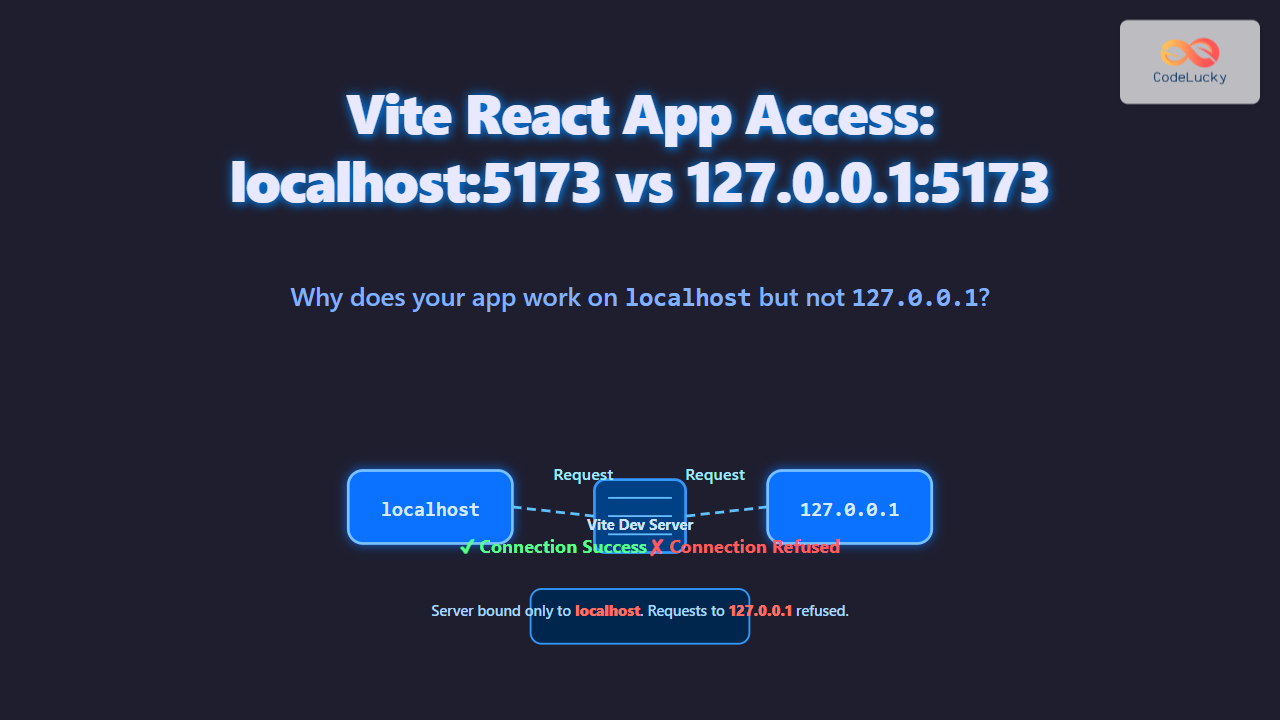JavaScript RegExp [abc]: Matching Characters Set
In JavaScript, regular expressions are powerful tools for pattern matching in strings. One common task is to match any single character from a specific set. This can be achieved using the [abc] character set notation within a regular expression. This article will guide you through understanding and using the [abc] pattern with clear explanations, syntax, and practical examples.
What is [abc] in RegExp?
The regular expression [abc] matches any single character that is either a, b, or c. It defines a character set, and the regular expression engine will look for any occurrence of these characters in the string being tested. This is useful when you want to find specific characters without specifying their exact order or position.
Syntax
The syntax for using a character set in a regular expression is straightforward:
/[abc]/
Where a, b, and c are the characters you want to match. You can include any number of characters within the square brackets.
Examples
Let’s explore some examples to illustrate how to use [abc] effectively.
Basic Matching
In this example, we’ll test a string to see if it contains any of the characters a, b, or c.
const str1 = "apple";
const regex1 = /[abc]/;
const result1 = regex1.test(str1);
console.log(result1); // Output: true
const str2 = "dog";
const regex2 = /[abc]/;
const result2 = regex2.test(str2);
console.log(result2); // Output: false
In the first case, the string “apple” contains the character “a”, so the test() method returns true. In the second case, the string “dog” does not contain any of the characters a, b, or c, so the test() method returns false.
Matching Multiple Occurrences
The [abc] character set will match any single character from the set. If you want to find all occurrences of any of these characters, you can use the g (global) flag.
const str3 = "banana";
const regex3 = /[abc]/g;
const result3 = str3.match(regex3);
console.log(result3); // Output: ['b', 'a', 'a', 'a']
Here, the match() method returns an array containing all the characters from the string “banana” that are either a, b, or c.
Case Sensitivity
By default, regular expressions in JavaScript are case-sensitive. If you want to match both uppercase and lowercase characters, you can use the i (case-insensitive) flag.
const str4 = "Apple Banana Cherry";
const regex4 = /[abc]/gi;
const result4 = str4.match(regex4);
console.log(result4); // Output: ['A', 'a', 'B', 'a', 'a', 'C']
In this example, the i flag makes the regular expression case-insensitive, so it matches both “A”, “a”, “B”, “C” along with lowercase “a”.
Using with Other RegExp Features
The [abc] character set can be combined with other regular expression features to create more complex patterns. For example, you can use it with anchors to match characters at the beginning or end of a string.
Matching at the Start of a String
Using the ^ anchor, you can check if a string starts with any of the characters a, b, or c.
const str5 = "apple";
const regex5 = /^[abc]/;
const result5 = regex5.test(str5);
console.log(result5); // Output: true
const str6 = "banana";
const regex6 = /^[abc]/;
const result6 = regex6.test(str6);
console.log(result6); // Output: true
const str7 = "dog";
const regex7 = /^[abc]/;
const result7 = regex7.test(str7);
console.log(result7); // Output: false
The regular expression /^[abc]/ matches only if the string starts with a, b, or c.
Matching at the End of a String
Using the $ anchor, you can check if a string ends with any of the characters a, b, or c.
const str8 = "zebra";
const regex8 = /[abc]$/;
const result8 = regex8.test(str8);
console.log(result8); // Output: true
const str9 = "cable";
const regex9 = /[abc]$/;
const result9 = regex9.test(str9);
console.log(result9); // Output: false
The regular expression /[abc]$/ matches only if the string ends with a, b, or c.
Practical Use Cases
Here are some practical scenarios where using [abc] can be beneficial:
- Input Validation: Verifying if a user input contains specific allowed characters.
- Data Cleaning: Removing or replacing unwanted characters from a dataset.
- Text Parsing: Extracting specific parts of a text based on character sets.
- Code Generation: Creating code snippets that adhere to specific character requirements.
Example: Validating Input
Suppose you want to validate if a user input contains only the characters a, b, or c.
<input type="text" id="inputField" />
<button onclick="validateInput()">Validate</button>
<p id="result"></p>
<script>
function validateInput() {
const inputField = document.getElementById("inputField");
const inputValue = inputField.value;
const regex_validate = /^[abc]+$/;
const resultElement = document.getElementById("result");
if (regex_validate.test(inputValue)) {
resultElement.textContent = "Valid input!";
resultElement.style.color = "green";
} else {
resultElement.textContent =
"Invalid input! Only a, b, and c are allowed.";
resultElement.style.color = "red";
}
}
</script>
In this example, the regular expression /^[abc]+$/ ensures that the input contains only the characters a, b, or c, and that there is at least one such character (+ quantifier).
Character Ranges
You can define character ranges within the square brackets to match a sequence of characters. For example, [a-c] is equivalent to [abc]. This is particularly useful for larger sets of characters.
const str10 = "fgh";
const regex10 = /[a-c]/;
const result10 = regex10.test(str10);
console.log(result10); // Output: false
const str11 = "cab";
const regex11 = /[a-c]/;
const result11 = regex11.test(str11);
console.log(result11); // Output: true
Tips and Best Practices
- Be Specific: Clearly define the characters you want to match to avoid unexpected results.
- Use Flags: Use the
gandiflags as needed for global and case-insensitive matching. - Combine with Anchors: Use
^and$to match characters at the beginning or end of a string. - Test Thoroughly: Always test your regular expressions with various inputs to ensure they work as expected.
- Escape Special Characters: If you need to include special characters like
-within the set, escape them using a backslash (\). For example,[a\-c]matchesa,-, orc.
Conclusion
The [abc] character set in JavaScript regular expressions is a versatile tool for matching specific characters within strings. By understanding its syntax and combining it with other RegExp features, you can create powerful patterns for input validation, data cleaning, and text parsing. This guide provides a solid foundation for using character sets effectively in your projects.




















